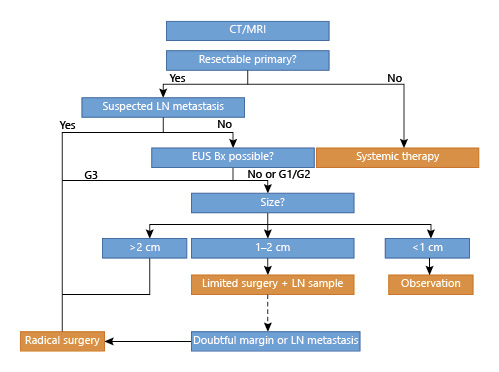RELATED Live.
- About us
- KIMA Members
-
KIMA Doctors
- All
- Anesthesiology
- artificial joint center
- Breast and Endocrine Surgery
- Breast cancer and thyroid cancer center
- Breast Surgery
- Cardiology
- Cardiothoracic Surgery
- Cerebrovascular Center
- Colorectal Surgery
- dental and maxillofacial surgery
- Dermatology
- Endocrinology
- Gastroenterology
- General Surgery
- Genito-Urology
- Hematology
- Hemato-oncology
- Infection Center
- Internal Medicine
- International Healthcare Center
- Korean Medicine
- liver center/Pancreas and billiary tract center
- Liver Transplantation
- Neurology
- Neurosurgery
- Obstetrics & Gynecology
- Ophthalmology
- Orthopedic
- Otorhinolaryngology
- Pediatric & Juvenile
- Pediatric Allergy and Respiratory Diseases
- Pediatric Gastroenterology
- Pediatric Neurology
- Pediatrics
- Physical Medicine & Rehabilitation
- Plastic & Reconstructive Surgery
- plastic surgery
- Pulmonology
- Radiation oncology
- Rheumatology
- Thyroid & Endocrine Surgery
- Urology
- Vascular Surgery
- KIMA News
- KIMA Live
- Community
KIMA NEWS
-As a treatment algorithm considering risk factors of relapse and clinical pathological features,
-It is helpful in selecting a
target patient who needs surgical treatments and estimate the scope of surgery.

We have got a research result suggesting a treatment algorithm by analyzing risk factors of recurring pancreatic neuroendocrine tumors. It will be helpful in selecting a patient who needs surgical treatments and estimate the scope of surgery, considering the prognostic factors and clinical pathological features based on the size of the pancreatic neuroendocrine tumors.
Unfortunately, it is tricky to decide if a patient needs a surgical treatment and to determine the surgery scope since its characteristics vary from benign to malignant. The prognostic factors are also unclear and the current treatment guidelines are too simple with a certain limitation.
In particular, the prognostic values
are not only inconsistent but also not fully verified. That said, the result of
this study has significant implications for understanding pancreatic endocrine
tumors.
According to the study, the 5-year survival rate without having a relapse was 86.5% after the patient underwent the surgery for pancreatic neuroendocrine tumors.
It is reported that the risk factors
are ▲ remaining tumor cells on the resection surface after surgery, ▲ the grade
classified high in the World Health Organization (WHO), and ▲lymph node
metastasis.
While it is hard to say that the size of tumor can be a direct risk factor to cause relapse, we could confirm that it indirectly affects recurrence when clinical pathological characteristics are reflected.
When compared to tumors larger than 2 cm, tumors less than 2 cm belong to a lower grade of WHO tumor classification, have less metastasis to lymph node, and show much better survival rate as long as 5 years without relapse. For smaller tumors sized between 1 and 2 cm, the metastasis rate to lymph node was 10.3%, and recurrence occurred at 3%. Tumors less than 1 cm have hardly had the metastasis to lymph node or recurrence.
Our team has recommended observing
tumors less than 1 cm can be appropriate but tumors 1 to 2 cm require surgical
procedures.

[Figure] Treatment algorithm reflecting prognostic factors and
clinical pathological features depending
on the size of tumors
Dr. Wooil Kwon said, “While previous studies were conducted with statistical database, our research utilized a large-scale cohort study reflecting clinical data collected from 14 major domestic university hospitals and the Korean Pancreatic Surgery Research Association, which helps our research carry more accuracy and reliability.”
He also added, “Following our
study, it is valid to determine a treatment procedure based on the size of
tumors even though the size itself cannot be an independent risk factor for
relapse. In the future, it will be an important milestone to predict 1 to 2 cm
high-risk tumors."
The research result was published in
"Neuroendocrinology," the European Journal of Neuroendocrine
Oncology, which has the highest public confidence in the field of
neuroendocrine tumors.
Inquiry